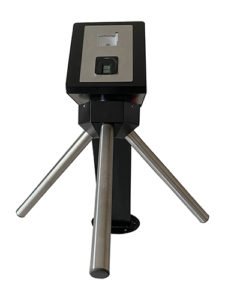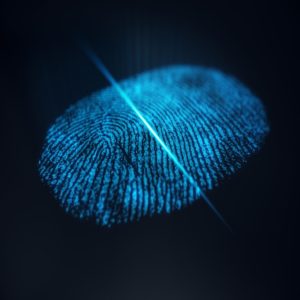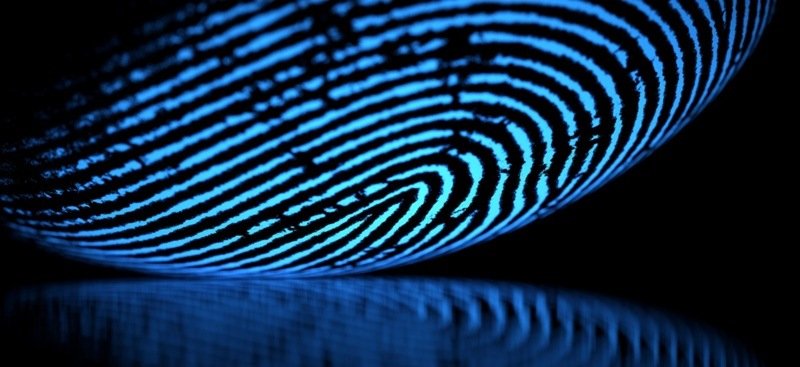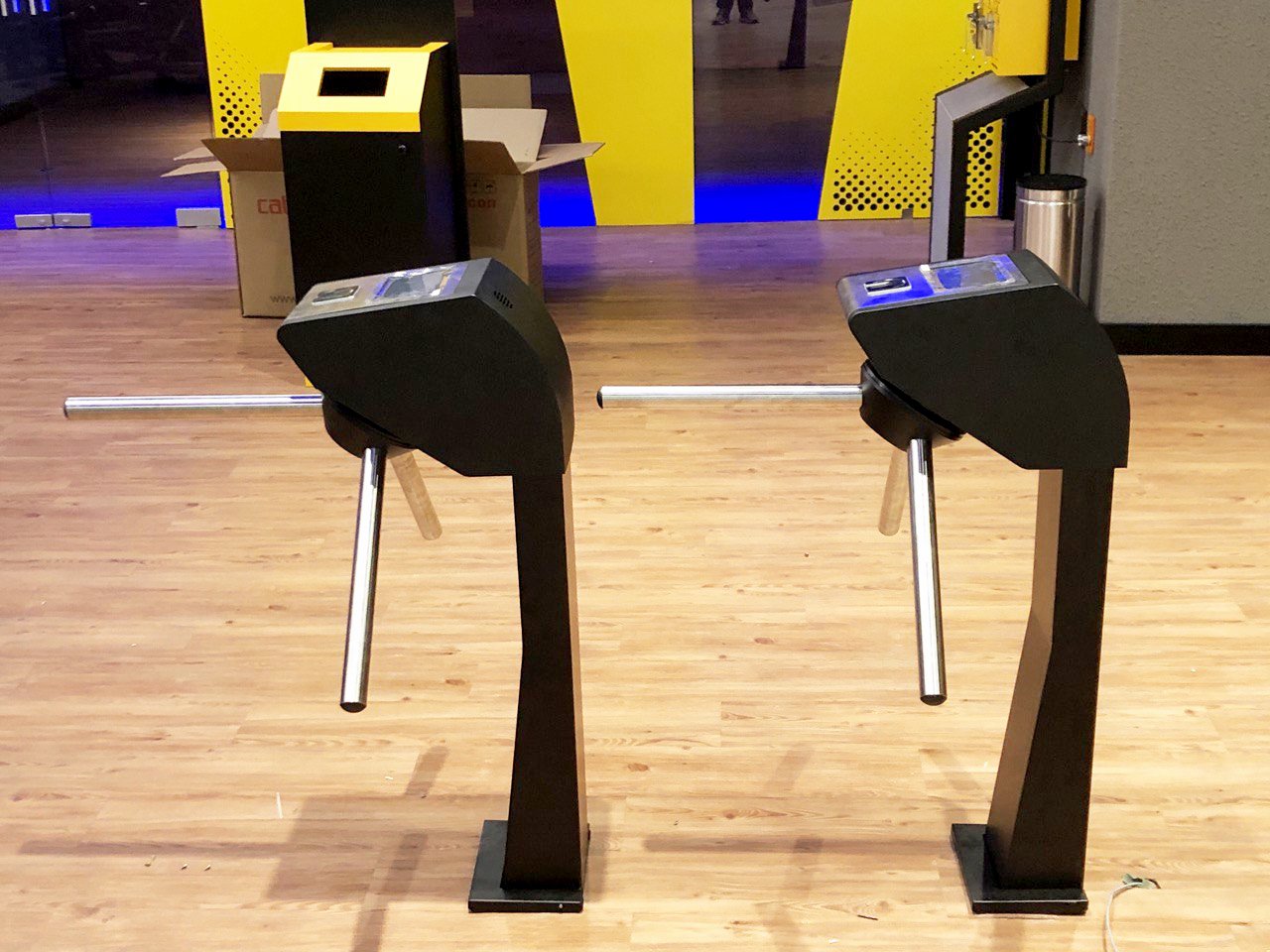Biometric access control is an extremely secure and effective technology. However, it may not work for several reasons that have nothing to do with the quality of the system, but due to external factors that can block access.
So it is essential to know what to do when biometrics do not work. Despite being a recurring situation, problems with access can occur for various reasons, from technical difficulties and incorrect biometric registration to changes in the user’s fingerprint and excess fat on the fingers.
The following article intends to inform you so that you know what to do when one of these situations happens and if your access is blocked.
Don’t worry, this is a common problem and can be solved in several ways. Good reading!
BIOMETRY HOW DOES IT WORK?
Access authentication through biometric verification is becoming increasingly common in clubs, gyms, universities, schools, educational institutions, ATMs and even smartphones.
In addition to security, biometric verification has gained popularity for its convenience, as the user does not need to remember passwords or carry the access card. Access authentication is also streamlined and avoids possible discomfort with the reception or the ordinance when having to be allowing access.
A biometric fingerprint access control system has two basic jobs: it needs to take an image of your fingerprint and it needs to determine whether the pattern of your fingerprint on this image matches the other fingerprints stored in the database.

- A turnstile to control access;
- A biometric fingerprint reader to capture an image of the fingerprint and send for identification;
- A software responsible for converting the digitized biometric data to a standardized digital format (template), which allows comparing the points of correspondence of the observed data with the characteristics stored in the company’s local system or cloud;
- A database or table to securely store biometric data for comparison.
What is IntegraFácil’s Access Control Technology?
It is a system that allows the user to identify himself through any device.
In cases where there is a local system, the information goes to the access control software through the local network, the software sends the information to your system and your system answers what to do, whether to allow or block access and what show on the display.
In cases where the application is web, the information passes through the local IntegraFácil to the access control software that is in the cloud, the distribution software sends the information to your company’s server and your server responds what to do, if it must be released or block access and what to show on the display or on the display.
Generally, biometric access control systems are applied in educational institutions, companies, condominiums, gyms and clubs, where security is a priority. In these places, biometric access – added to other security features is used to prevent fraud in identification and to control the access of people.
Biometric access control has many advantages for alternatives to control entrances and exits, especially for its exceptional cost-benefit, since it is an extremely versatile technology, easy to use and install, innovative, safe and with high reliability rates. .
How to avoid Biometric Access Difficulties?
Before continuing the article, it is necessary to make one thing very clear: complications in biometric access can be common, if you do not follow the step by step when registering the digital. It is also important that the user keeps the care with his fingerprint.
There are several different reasons for this type of failure: improper registration of the fingerprint, climate (cold and dry air days), changes in the fingerprint pattern, wet fingers, dirty digital scanner surface and even the positioning of the finger can interfere with the proper functioning of the system and become a problem to register or read the digital.
Tips on How to Avoid and Troubleshoot Digital Registration
First, it is important to have extra attention when registering biometrics. The index finger of either hand is the best option, except in cases of people with low quality digital, elderly and children – in these cases, the ring finger may be the most appropriate choice.

Then, the scanning procedurefingerprints can be complicated by accumulation of dust and grease. Therefore, keep a cloth and alcohol gel to clean the biometric scanner and fingers close to the registration reader.
The correct positioning of the fingers is another critical aspect for the success of the reading, and the user must always position the finger centered and aligned, occupying the maximum of the reading window of the biometric reader. In addition, the applied pressure is also important for the quality of the biometric reading, so it is recommended that the user position correctly, and do not move the finger for about two seconds and wait for the fingerprint registration, the recorder must repeat the procedure three more times to guarantee the digital registration.
Finally, if the quality of the fingerprint is low, if there are cuts in the registered finger or if there are changes in the skin structure (especially in the case of children and the elderly), it is recommended to choose a different finger or use a password for this person’s specific access.
Recommendations for Quick and Easy Access for Users
On a daily basis, you can take a number of steps to speed up access and avoid reading errors. When starting to pass the biometric ratchet, make sure your fingers are clean, dry and free of fat.
Also avoid leaving your fingers excessively dry due to the cold weather – this can make it difficult to read by the digital scanner. If your fingers are dry, reading may not occur correctly, so rub your fingers across your forehead or behind your ears to add body oils and some moisture to your skin, and make it easier to read the fingerprint.
Finally, as we have already made clear, the position of the finger at the time of biometric reading is important. So, position your finger correctly and keep it pressed and immobile for at least two seconds.
Following our tips, it is much easier to avoid complications and perform a registration and biometric access without difficulties.
If you liked our content, enjoy it here and download our guide to make it easier to understand.


